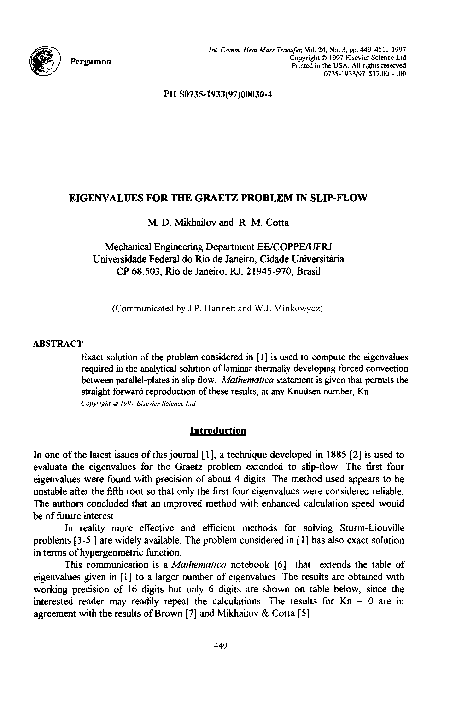
Only randomized crossover trials, randomized within-participant trials, or randomized controlled trials assessing short-term or acute responses, long-term adaptations, or both were included in this review. Surface EMG variables measured in time or frequency domains during MVC or exercise bouts were considered outcome measures. Similar protocols have been deemed essential for drawing conclusions about the additional effects of BFR and enabling comparability. 1, 2 The LL-BFR protocol needed to follow the same resistance-exercise modality (ie, isometric or dynamic) used in the LL-RT and HL-RT protocols, and LL-BFR and LL-RT needed to follow a matched number of repetitions (in nonfailure protocols) and load. We considered interventions that compared LL-BFR (≤50% of 1RM/maximal voluntary contraction ) with LL-RT (≤50% of 1RM/MVC) or HL-RT (≥70% of 1RM/MVC). Those involving participants (healthy or unhealthy, active or sedentary) aged ≥18 years were included. METHODSĪll studies were screened and assessed for eligibility according to inclusion and exclusion criteria based on the PICOTS principle (ie, extracting population, intervention, comparison intervention, outcome measures, time point measure, and study design information). Additionally, we examined differences between failure (exercise performed to volitional failure) and nonfailure (exercise not performed to volitional failure) protocols. Thus, the purpose of our systematic review and meta-analysis was to investigate whether short- or long-term LL-BFR altered myoelectric activity in individuals (healthy or unhealthy, active or sedentary) of any age compared with HL-RT or LL-RT. However, no authors of systematic reviews have summarized this topic quantitatively or included volitional failure as a potential moderating factor. In terms of blood-flow restriction training, the authors 8, 10, 12, 14, 17 of several narrative reviews discussed myoelectric activity as a pivotal mechanism for LL-BFR adaptations. This highlights the need to consider this factor while examining changes in muscle excitation.

19 Interestingly, in a recent study, Morton et al 21 demonstrated that muscle-fiber activation was unaffected by exercise load when the task was performed to failure.


20 These controversies are likely due to the high level of heterogeneity in LL-BFR prescription, especially concerning whether exercise is performed to volitional failure. In addition, despite similar muscle hypertrophy induced by LL-BFR and HL-RT, 1 the former seemed to induce less muscle excitation than HL-RT. 14 Some researchers 15– 17 have shown higher myoelectric activity during LL-BFR compared with low-load resistance training with free blood-flow (LL-RT) protocols, whereas others 18, 19 noted similar myoelectric activity during both protocols. However, the capacity of LL-BFR to increase muscle excitability is controversial.


 0 kommentar(er)
0 kommentar(er)
